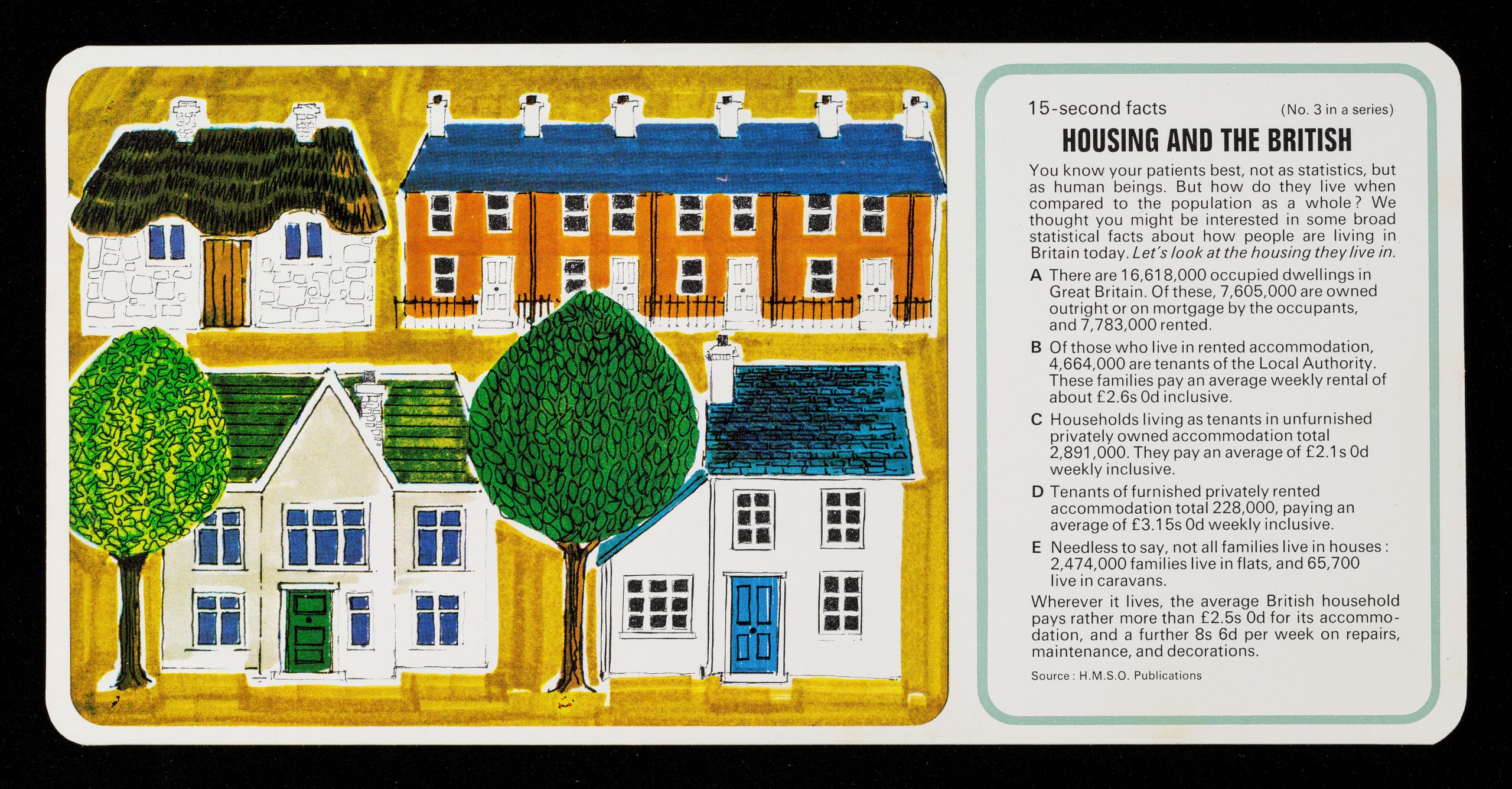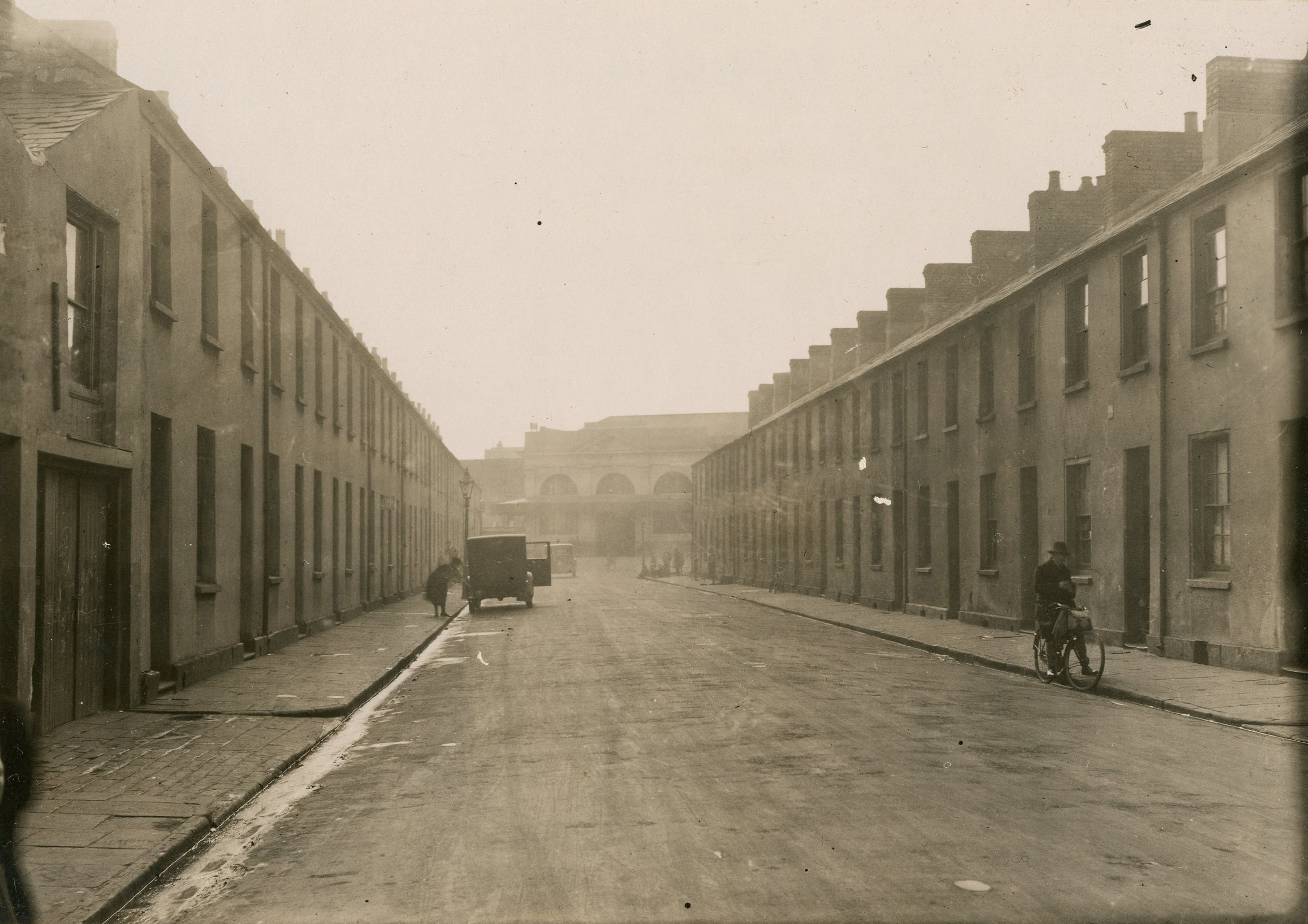Archiecture, planning and health – why understanding the past helps the present
15 July 2024Juliet Davis and Keir Waddington reflect on working together across disciplines to understand the interconnections between architecture, planning and health
What started as a conversation in 2022 about Covid, planning, and green spaces, developed into a collaboration during the course of 2023 in which Keir and I started to explore wider interconnections between planning, health, and the built environment in the past and present. Where Keir approached these interconnections from the perspective of medical and environmental history, I did so from one of architectural and planning history. To provide common ground, we focused on South Wales, talking about the role of the built environment in a wide range of health issues, moving from public health problems that emerged in mining communities and towns in the nineteenth century to exploring how similar issues drove concerns and responses in twentieth- and twenty-first century Cardiff. We asked what does the built environment in South Wales reveal about the nature of planned responses to public health issues of different sorts? How has the built environment been bound up with the emergence, transformation and persistence of public health issues unfolding through industrial and post-industrial histories? What emerged from these productive discussions was the problem of where to draw the boundaries between health, the built environment, and history, and what exactly health meant in the context of urban planning and architecture, both in the past and present.
In the first part of the collaboration, we had seedcorn funding and a wonderful research assistant who scoped out literature relevant to our questions, looking first at planning / public health histories in Wales and then beyond. What emerged from her work was the diversity of ways of thinking about the intersections of health and the built environment, the multidisciplinary nature of the literature, and the clear value of interdisciplinary expertise to understand health challenges in environmental terms in the present and future. New questions emerged that we hadn’t originally thought of through this scoping work, such as around the intersections of the emotional, psychological, and the built environment and around relationships between particular aspects of built form, climate and specific health conditions. What started as a collaboration focused on the history of Wales’ built environment, suddenly had a much wider potential relevance.
As a result, it seemed productive that the next stage of the research collaboration would be to draw together people from across Cardiff University to explore these intersections and complexities, learning in the process about the multidisciplinary expertise on planning, health, and the built environment across our institution. With historians, planners, and architects in the same room, thematic areas of common concern included: the need to understand the production of health inequality (in Wales and beyond), the challenge of understanding place-based health (involving historical, cultural, sociological, medical, and technological lenses), and the issue of adaptation of the built environment to either address emergent health issues or mitigate future risks.

When thinking about adaptation, to focus on one theme, contemporary approaches often start from a technical standpoint, and from the perspective of the present situation. As humanities scholars, this focus on the ‘now’ often fails to recognise historical continuities, the contingencies of how issues of planning and health are produced, and the significance of the historical and social journeys that buildings undergo. Take, for example, the Victorian terraced house type, common in an array of variants across Britain and a focus today for adaptive retrofit measures to enhance energy efficiency, air quality and comfort. In thinking about the terrace house we need to understanding how, over time, changing domestic activities, gender relations, levels of household affluence and housing costs, energy sources and related costs, tenures, medical knowledge, as well as construction methods, skills and regulations, have interacted. Historical research can serve not only to bring these interconnections across different temporalities into focus as narratives and contexts for design, but also highlight the need for flexible present day ‘solutions’ that acknowledge the potential for social, economic, political, environmental, and technological change into the future.

In the current stage, the focus is on identifying themes that that will be at centre of our ongoing collaboration, moving from the general and diverse to the more specific and concrete. One idea that has re-emerged since our earliest discussions is the importance of thinking about air and air quality. Whether we are thinking about public health, infectious or respiratory diseases in the nineteenth century or about Covid or questions of mould in the twenty first century, concerns about air, ventilation and housing interconnect across the different time periods, acting as a focus for social and medical researchers, civil servants, and designers alike. Evidence to the 1884 Royal Commission on the Housing of the Working Classes, for instance, repeatedly highlighted the health problems associated with cold, poorly ventilation and damp homes. Spurred on by the Royal Commission, medical officers of health in Wales targeted damp and poorly ventilated housing. Aware of housing shortages in many districts, they worked with landlords and tenants to improve ventilation and remedy the most obvious defects. Though these and other initiatives helped transform building standards in multiple ways, Reports for Senedd Cymru in 2024 echo the same set of concerns. With Wales having some of the oldest housing stock in the UK, Public Health Wales estimates that poor quality housing costs the NHS around £95m a year. Thinking through the historical ways in which local officials, doctors, planners, and designers approached the same concerns, albeit in different times and social contexts, can help governments, third-sector organizations, and public health officials in the present understand the roots as well as the persistence of common problems and so identify solutions for the future.
Our next steps will be to refine our ideas and bring in more collaborators to explore how history and historical precedents may shape, constrain, or enable current thinking about air and the built environment.
If you want to find out more about Juliet’s research, visit her web pages, while you can find more details of Keir’s work here.
- American history
- Central and East European
- Current Projects
- Digital History
- Early modern history
- East Asian History
- Enlightenment
- Enviromental history
- European history
- Events
- History@Cardiff Blog
- Intellectual History
- Medieval history
- Middle East
- Modern history
- New publications
- News
- North Africa
- Politics and diplomacy
- Research Ethics
- Russian History
- Seminar
- Social history of medicine
- Teaching
- The Crusades
- Uncategorised
- Welsh History
- Pétain’s Silence
- Talking Politics in the Seventeenth Century
- Reflections on POWs on the 80th anniversary of the Second World War – views from a dissertation student
- The Long Life of Dic Siôn Dafydd and his ‘children’
- Collaboration across the pond: uniting histories of religious toleration in the American Revolution and European Enlightenment